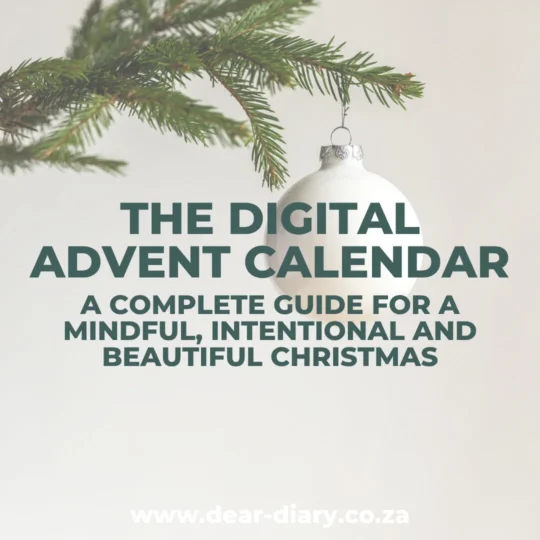You can share your journal spreads with the Dear Diary community by exporting them as PDFs or JPEGs from your digital platform, then uploading through their submission portal. First, anonymise any personal details using initials or redaction tools, and verify your files meet their 300 DPI quality standards. Follow their specific formatting guidelines for dimensions and file types, typically PNG or DOCX formats. Use themed hashtags when posting to increase visibility and engagement within the community—there’s much more to enhance your submissions.
The electronic era has changed journaling from a solitary practice into a lively community experience, and sharing your carefully crafted journal spreads with the Dear Diary community opens doors to creative inspiration, meaningful connections, and collaborative storytelling.
Digital journaling transforms personal reflection into vibrant community storytelling, connecting creators through shared experiences and collaborative inspiration.
You’ll need to start with the technical basics. Most digital platforms offer export functionality that lets you share entire journals through various file formats like PDF, text files, or images.
Cross-platform compatibility ensures your spreads work seamlessly across different devices and apps, typically supporting common formats like JPEG or PDF. File-sharing services such as Google Drive or Dropbox help you distribute content beyond app-specific limitations. This gives you more control over who sees your work.
Privacy should be your top priority when sharing personal content.
Entry-level restrictions allow you to share only selected spreads rather than exposing your entire journal to public view. You can use pseudonymisation by replacing real names with initials or aliases, protecting your identity whilst still participating.
Privacy policies often require anonymisation or redaction to protect identities mentioned in your entries. Metadata redaction removes personal information like addresses or specific dates before sharing, and password protection limits accessibility to trusted community members.
The Dear Diary community typically has specific content requirements you’ll need to follow.
Formatting standards specify dimensions, fonts, or visual styles that maintain consistency across submissions. File specifications outline maximum upload sizes and acceptable formats like PNG or DOCX. Quality benchmarks ensure readability, often requiring 300 DPI minimum resolution for scanned spreads.
Don’t forget about submission deadlines if you’re contributing to themed events or publications.
Creative presentation opens exciting possibilities for showcasing your work. Zine-making allows for private experiences to be shared publicly whilst maintaining creative control over your personal narrative. Zine-style compilations merge individual spreads into digestible publications for broader audiences.
You might explore themed micro-series focusing on specific topics like travel experiences or mental health journeys. Multimedia hybridisation combines your scanned spreads with audio clips or photographs, creating richer storytelling experiences. Some communities even offer limited-edition printing for select members who want physical copies.
Engagement strategies help maximise your community participation.
Themed challenges encourage submissions through prompt-driven content like “One-Word Days” or seasonal reflections. Hashtag campaigns promote visibility on platforms like Instagram or Twitter, connecting your work with broader conversations.
Event participation utilises workshops or digital showcases for real-time sharing and immediate feedback. For digital journals using apps like Diarium, an alternative approach involves sharing your cloud sync account with trusted community members who install the same application and can view your entries in real-time.
Remember that consent protocols address sensitive situations, particularly when sharing work from deceased creators or respecting original intentions. Attribution requirements mandate visible crediting of original creators, and moderation standards restrict explicit, offensive, or copyrighted content.
Most platforms include opt-out clauses that let you retract submissions after publication if circumstances change. Since diaries are personal experiences that were never meant for public viewing, consider whether sharing aligns with the original spirit of your private thoughts. The community benefits from your authentic voice whilst respecting limits that keep everyone comfortable and protected. Many platforms support recurring submissions through scheduled journal types, allowing community members to share ongoing updates about their journaling practices over extended periods.
Frequently Asked Questions
What if My Handwriting Is Messy or Hard to Read?
You can convert messy handwriting to digital text using AI transcription tools, apply minimalist templates for cleaner layouts, or focus on bullet-point systems that emphasise structure over perfect penmanship.
How Do I Protect My Privacy When Sharing Personal Journal Content?
You’ll want to blur sensitive details, share only with verified community members you trust, use platform privacy settings, and avoid including identifiable information like full names or locations in your spreads.
Can I Share Spreads That Include Photos of Other People?
You can share spreads with others’ photos, but you’ll need their explicit consent first. Always blur faces or anonymise identifiable features to protect their privacy and comply with platform guidelines.
What Should I Do if Someone Copies My Journal Layout Ideas?
You can address layout copying by adding copyright notices to your spreads, contacting the person directly with a polite cease-and-desist request, or filing DMCA takedown notices if they’ve posted your work online.
Are There Specific Image Quality Requirements for Uploading Journal Photos?
You’ll need PNG/JPEG files exceeding 31×31 pixels with 1-pixel transparent borders. Maintain 16:9 aspect ratios for spreads, match template dimensions exactly, and avoid PSD files to guarantee compatibility with Dear Diary’s platform requirements.





